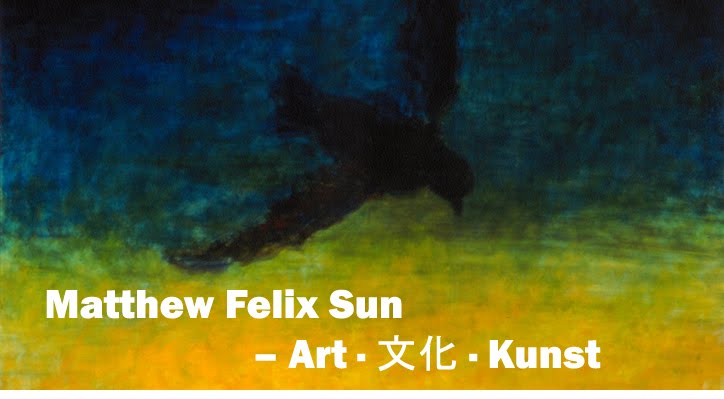Its most eye-popping artifact was a huge (size of a large extended hand) jade "Pig Dragon", the so called original dragon in China, from a site prove to be the oldest known civilization in China:

Goddess from the Oldest Civilization in China

Original Dragon - Pig Dragon

Tomb from the ancient civilization
In a special archeology exhibit, I saw amazing grains of 7,000 to 10,000 year old and some slightly younger earthware:

7000-10,000 years old rice and other grains

4200-3600 B.C. Earthware

2600 B.C. Earthware

Rolling Pin
More flashy artifacts were gigantic cast bronze wares and utensils, often for religious purposes, dating from Shang (1600-1046 BC) and Zhou (1046–256 BC) Dynasties:

Zhou Dynasty Artifacts

Bronze Collections from the Museum

Shang Dynasty Tomb and Artifacts


Bronze and Patterns

Bronze from Liaoning Region
I also found ancient coin collections fascinating, particularly those molds for coins in the shape of knives:


Ancient coins

Coins and molds
Burial rituals were represented by a reconstructed tomb of a general in the region and some tomb wall paintings:

Reconstruction of the General Tomb at Micanggou in Huanren

Reconstruction of the General Tomb at Micanggou in Huanren

Tomb Wall Paintings

Tomb Wall Paintings
Liaoning region was a multi-ethnic region and not part of the traditional Chinese culture, so the Museum boasted some artifacts from Khitan and Manchu People. Manchu people were those who established the last dynasty in China, Qing (1644 - 1912), while Khitan people were "a nomadic Mongolic people, originally from Mongolia and Manchuria (the northeastern region of modern day China) from the 4th century. As the Liao Dynasty they dominated a vast area north of, and including parts of, China; but have left few relics that have survived until today. After the fall of Liao in 1125, many Khitans moved further west and established the state of Kara Khitai, which was finally destroyed by the Mongol Empire in 1218." [Source: Wikipedia]
Below are pictures of some selected artifacts of Khitan and Manchu People:





Official seals with Khitan Inscriptions

Gold crafts from Qing Dynasty

Manchu People Artifacts - War Equipments
The Museum was not a fine art museum but it often staged special fine art exhibits, such as the one I saw in May - Zhang Daqiang (Chang Dai-Chen) (May 10, 1899 – April 2, 1983) and Dunhuang. Zhang or Chang was one of the best-known Chinese artists of the twentieth century, originally made his name as a traditional Chinese painter, then by the 1960s he became a modern impressionist and expressionist painter. In the early part of the 20th century, he went to Dunhuang to study Buddhist art in hundreds of painted caves. Below are his original painting and his cave painting study:


I also saw a calligraphy scroll by him in the exhibition, with many personal seals at the bottom - seals on Chinese paintings and calligraphy were important for authentication. A man stood in front of the scroll endlessly and documented from every possible angle of every single details. Someone murmured that the purpose of such study was forgery. Perhaps.

Label: Shenyang Trip 2012





This comment has been removed by a blog administrator.
ReplyDeleteThis comment has been removed by a blog administrator.
ReplyDeleteThis comment has been removed by the author.
ReplyDeleteWarm greetings from Nepal !!
ReplyDeleteif you are interested to explore International mountain museum in Pokhara Nepal do write back at: info@karmaecoadventure.com. The international mountain museum will refer you get knowledge of multi-ethnic culture and regards great Himalaya of Nepal